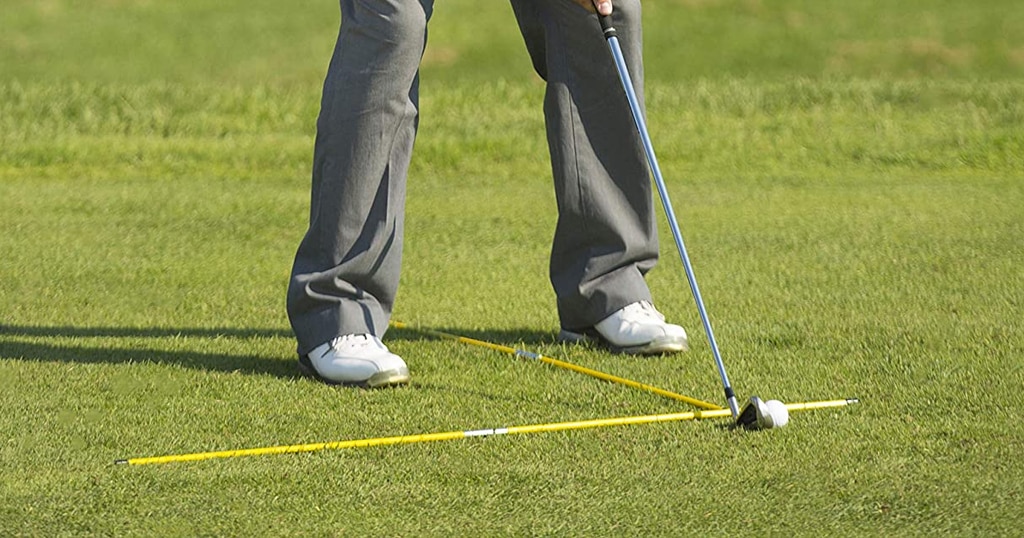Josh’s Tips & Tricks: Stance Width
Welcome
Hello ladies and gents. Welcome to this week’s tips & tricks. I hope you’re all braving the colder weather and darker nights and practicing on the driving range. Golf courses are getting wetter and there has been a noticeable drop in temperature so getting onto the driving range is crucial for development through the winter months. This week we’re going to take a look at stance width and some ways it can both help and hinder performance.
Stance Width
Wide
I often see people stand with the stance too wide. A positive to this are that you will have a stable base and should be able to keep balance easier. The downside to this is that you will be restricted in your hip rotation which is crucial in the golf swing. Most people struggle with hip rotation anyway so making the stance wider won’t help. This can often lead to swaying. With a wider stance and more balance the centre of gravity can move more freely. This can cause problems with ball striking and should be avoided.
Narrow
A narrower stance will mean less balance. This for a lot of people is scary because they don’t want to look silly and fall over. Practicing with a narrower stance can help aid hip rotation and help a player stay more centred. Rotating around a fixed point and controlling your centre of gravity will help improve ball striking and make shots more reliable. Practicing with a narrower stance can also help promote more forearm rotation so if you are prone to slicing the ball practice with your feet almost touching.
Different clubs
The ideal stance is different for different clubs and can also differ for each individual. For example a driver swing is faster meaning that a wider stance is required to stay stable while producing maximum clubhead speed. Opposite to that, a pitch shot is not a full speed swing therefore the stance should be narrower to help rotate the body easier. With your average iron shot having the outsides of your feet at a shoulders/hips width is ideal. This provides stability without compromising hip rotation. Also, setting up with both feet pointing outward slightly can help with rotation. If your feet point straight forward you may be limiting your ability to rotate through your hips.
Marking up an alignment stick or block of wood can help you find consistent stance width. When you practice always to to eliminate as many variables as possible. If your stance with is consistent there is one more way to achieve a consistent golf game.

Video
Take a look at the video and see an example of a sway with a wide stance. After that is a narrow stance with plenty of body rotation and forearm release. Finally is a good stance width for a mid iron full shot. Next time you practice lay down some sticks or clubs to keep your stance width consistent for the shot you’re trying to play. You can also see the angle of the sticks pointing slightly out with the angle of my feet.
Summary
Your stance width changes for different club and different shots. If you do not adapt your stance for the type of shot you want to play you may not be giving yourself the best chance. Your toes should be turned out slightly to help with rotation and practice with your feet closer to feel more rotation and better balance. Practice with markers down to get consistent stance width and stay centred keeping balance.
If any of this sounds familiar and you would like me to have a look at your stance width, rotation, or other swing dynamics get yourself booked in for a lesson now.
Looking forward to seeing you guys soon.
Cheers,
Josh

